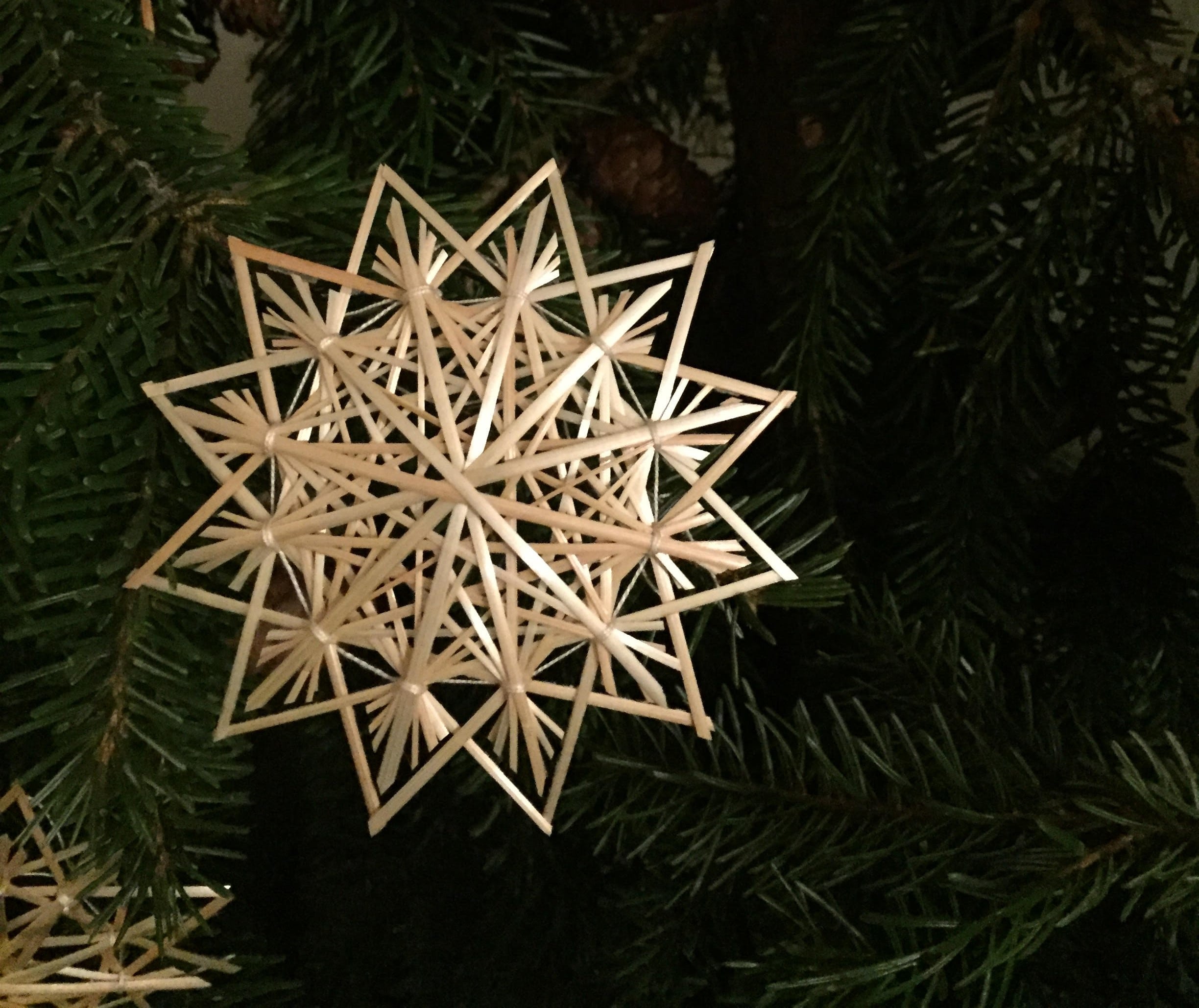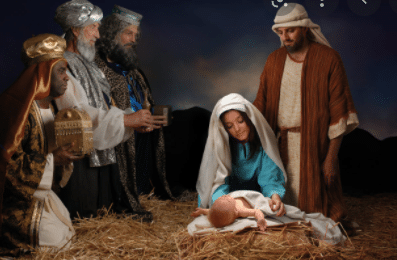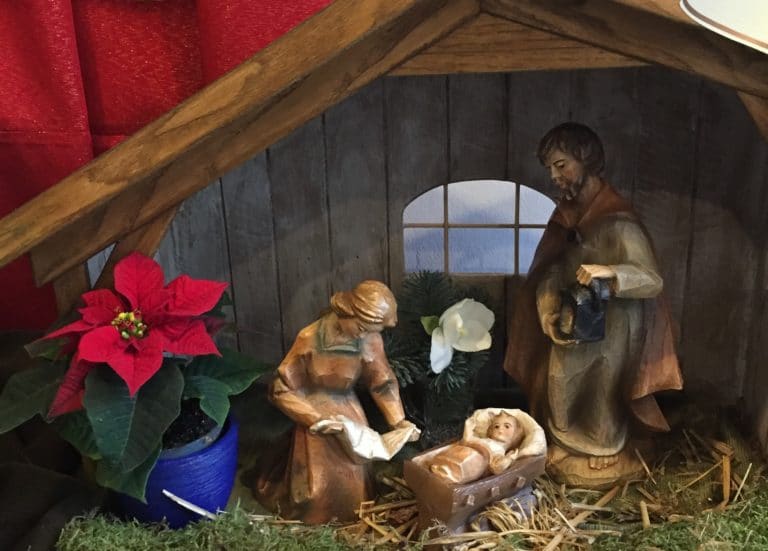The “three wise men” are the “last” to arrive at the manger in Bethlehem in the Gospel narrative. That is why we celebrate them towards the end of the Christmas season, on 6 January. But they must have been the first to set out, because they came from far away.
The text calls them “magoi”, which does not mean that they “do magic”, but that they are wise men, scholars. Tradition has taken them for “three” and for “kings”. When I think about this, it occurs to me that the three wise men from the Far East are perhaps a fitting parable for people today.
Who do we look for, consciously or unconsciously?
In a globalised and multicultural world, they represent all peoples, the whole human family, which is so diverse and multi-faceted. They marched in search of the promised “saving King”. Like so many people today who emigrate in search of other promises, of a better future. The Wise Men from the East were serious and sincere seekers. What are we looking for today, or rather, who are we looking for, consciously or unconsciously?
They are tireless pilgrims who walk uncertain and unknown paths in the middle of the dark night. Isn’t that how it is for many people who walk blindly in the darkness? The important thing is not to capitulate to tiredness, but to keep walking. Only those who seek will find, only those who wander will reach their aim.
Hope encourages us and gives us strength along the way
They are guided by signs, they see in all things precisely “signs” that speak of a higher reality that goes beyond the signs themselves. They know a wisdom of life and of the way, not of ideas and books. They know how to interpret the “signs of the times” and to read life.

The star is the great sign. It guides them. The star shines in the night when other lights that dazzle us during the day go out. How many lights dazzle us every day? Do we know how to discover the star, like a light at the end of the tunnel? Do we not look up at the stars because we are sad and “downcast”? As in the Gospel story, the star is temporarily hidden, but then reappears. Hope encourages us and gives us strength for our journey.
We must look up to the stars. These stars are our ideals, our visions, our most beautiful dreams. We often speak of the star of faith. Mary is called the morning star, the star of dawn that heralds the rising sun.
The three wise men went together, perhaps accompanied by others, and certainly they helped each other, looked for the way together, encouraged each other, went forward together. They did not hesitate to ask King Herod and his advisors for more information about where the announced Messiah was to be born. Today, the Church sees itself as a “synodal” Church, where we all “walk together” (that is, “syn-odos”), listening to each other and listening to the Spirit together, following the star.
What gifts do I bring to the Child?

And they came to the manger in Bethlehem, to the child in the straw, surrounded by the simple shepherds and their sheep. They could have been disappointed. But their faith, which encouraged them on their way, made them see far beyond the visible: God in the little child in the tender arms of his mother. They saw him, they recognised him, they worshipped him.
And they gave him their gifts, those mysterious gifts that represent both the three wise men – all human beings – and the newborn child himself, gifts that represent that “miraculous exchange” in which God becomes man so that man can become God: the suffering (myrrh) and the greatness and dignity (gold) of man, and the divine character in which we may share (frankincense). What gifts do I bring to the child? What is my small share of gold, frankincense and myrrh?

